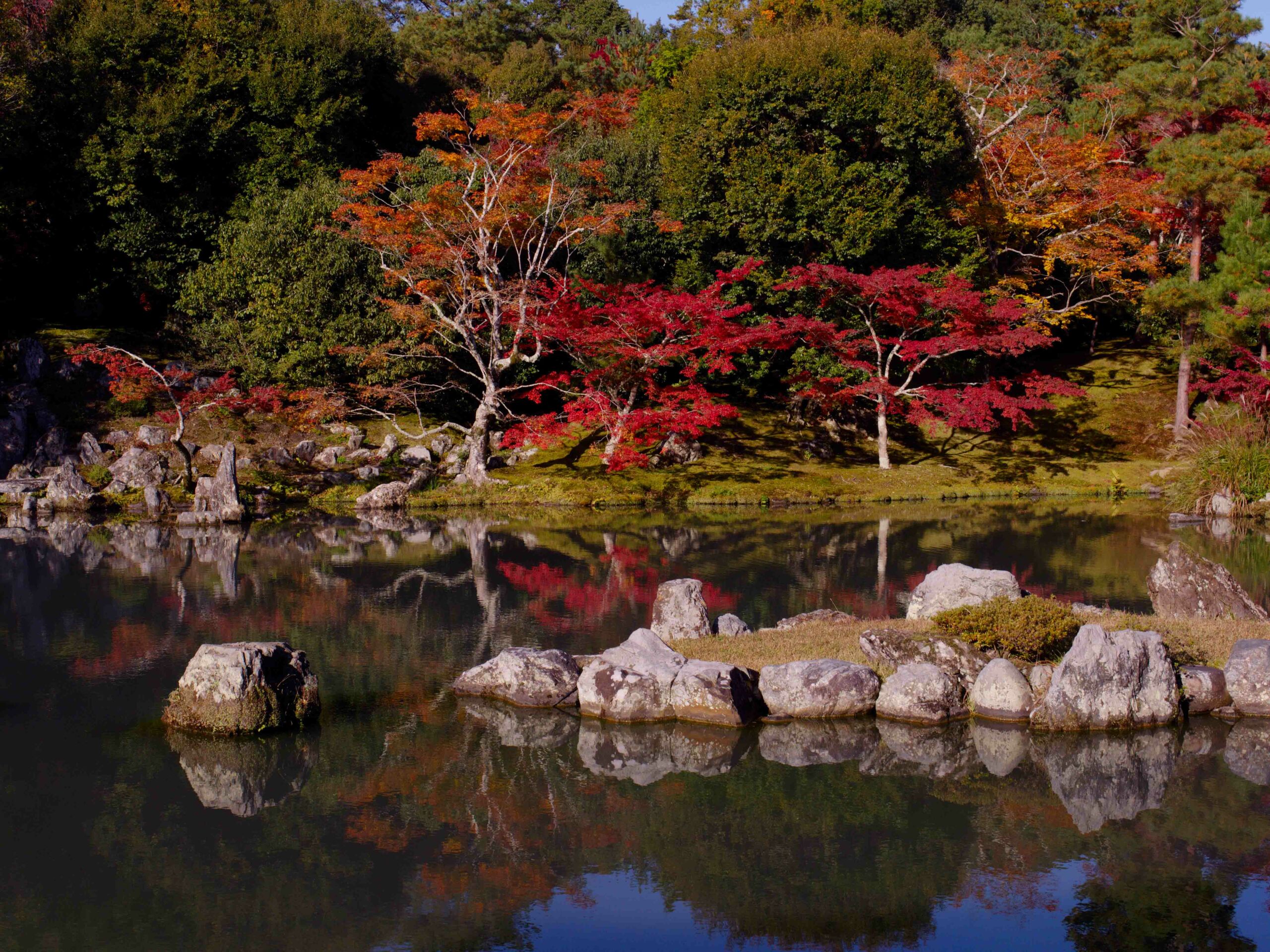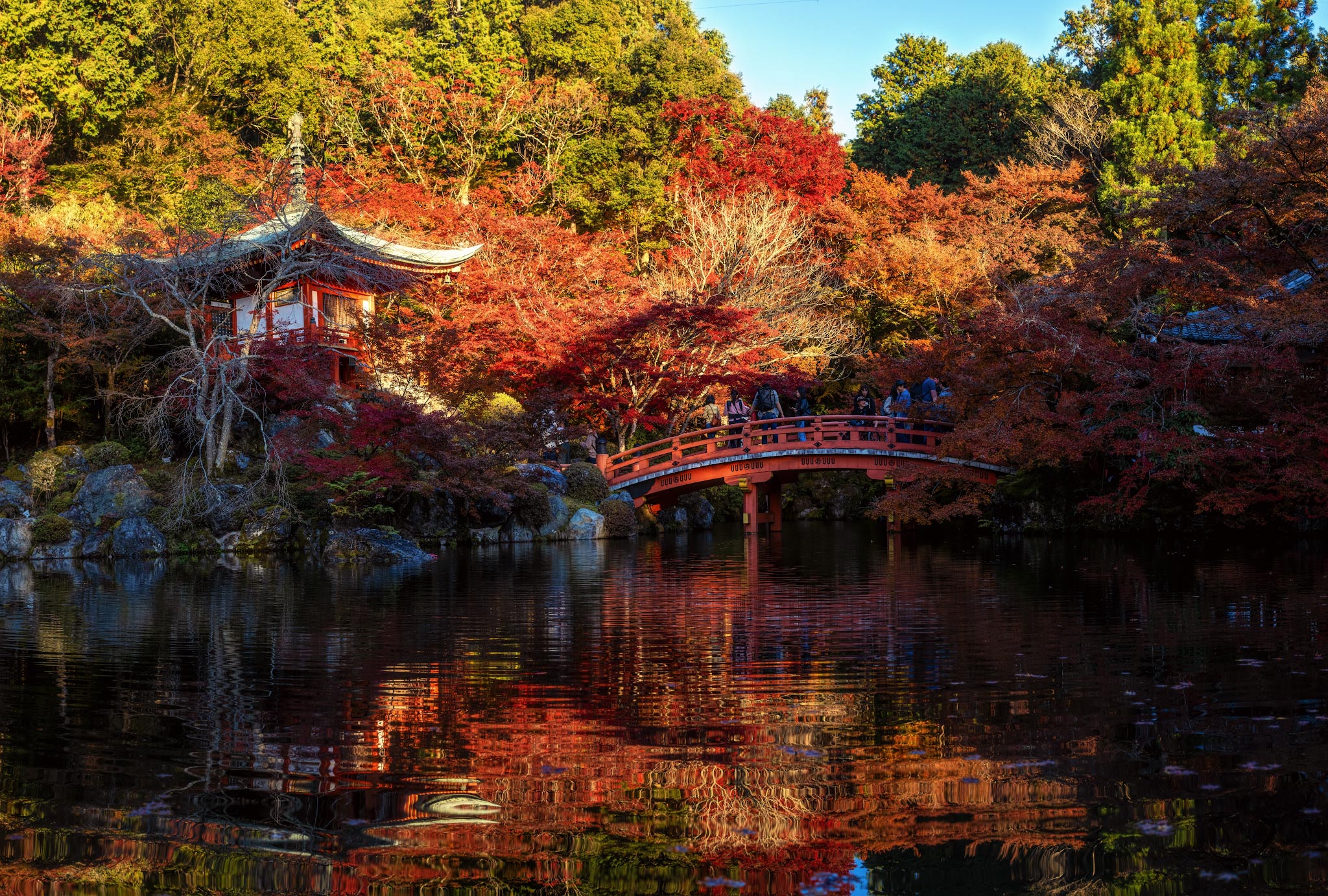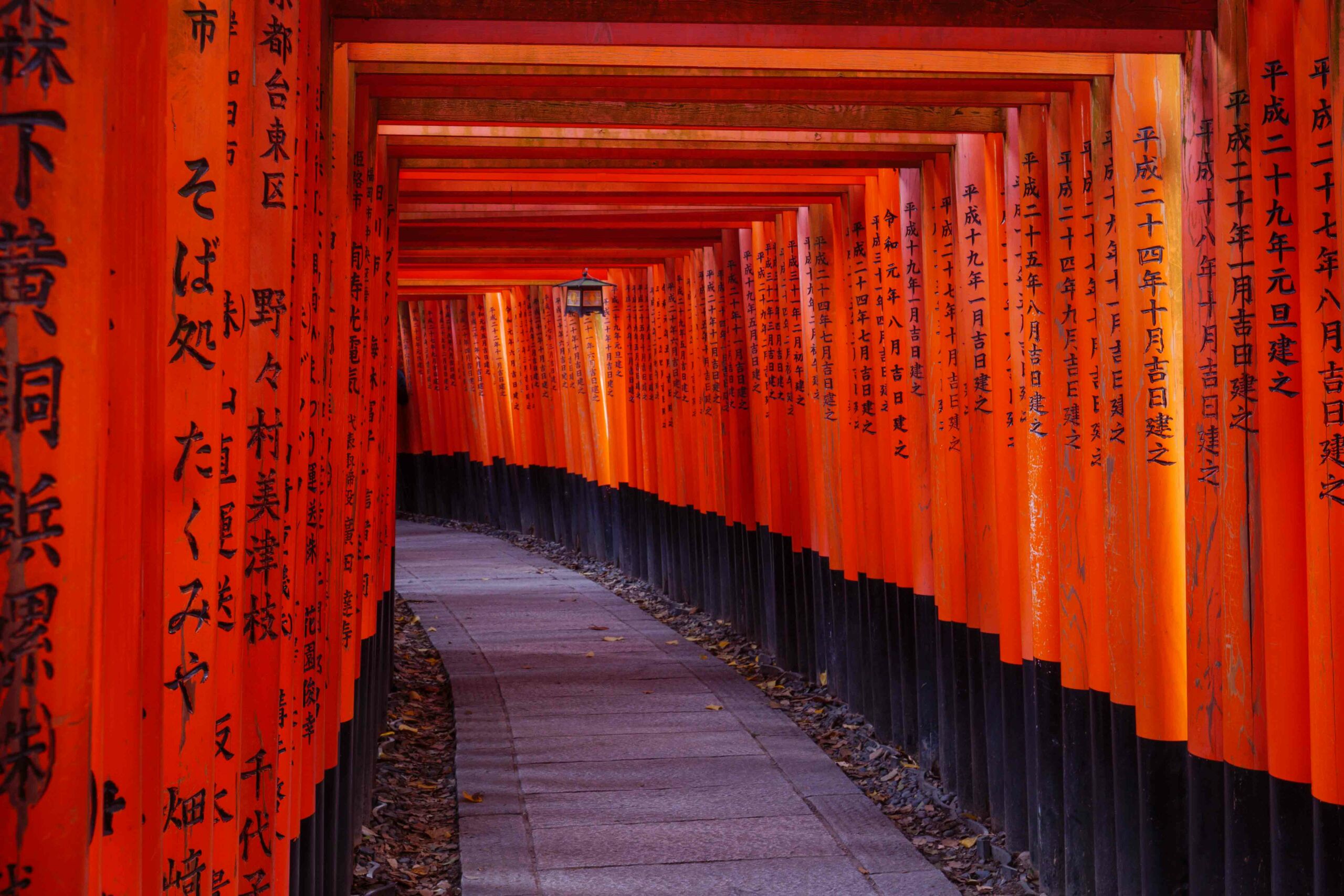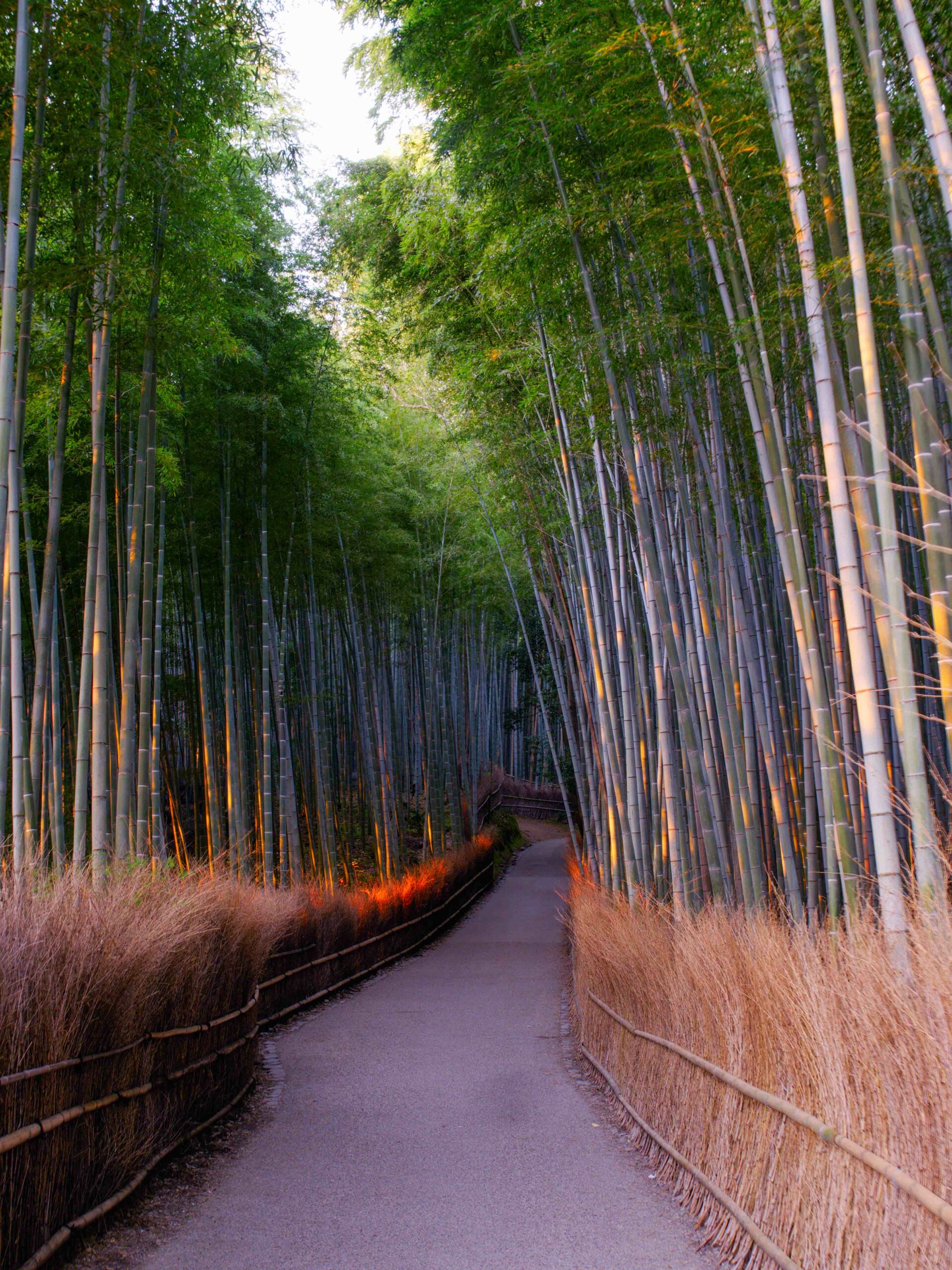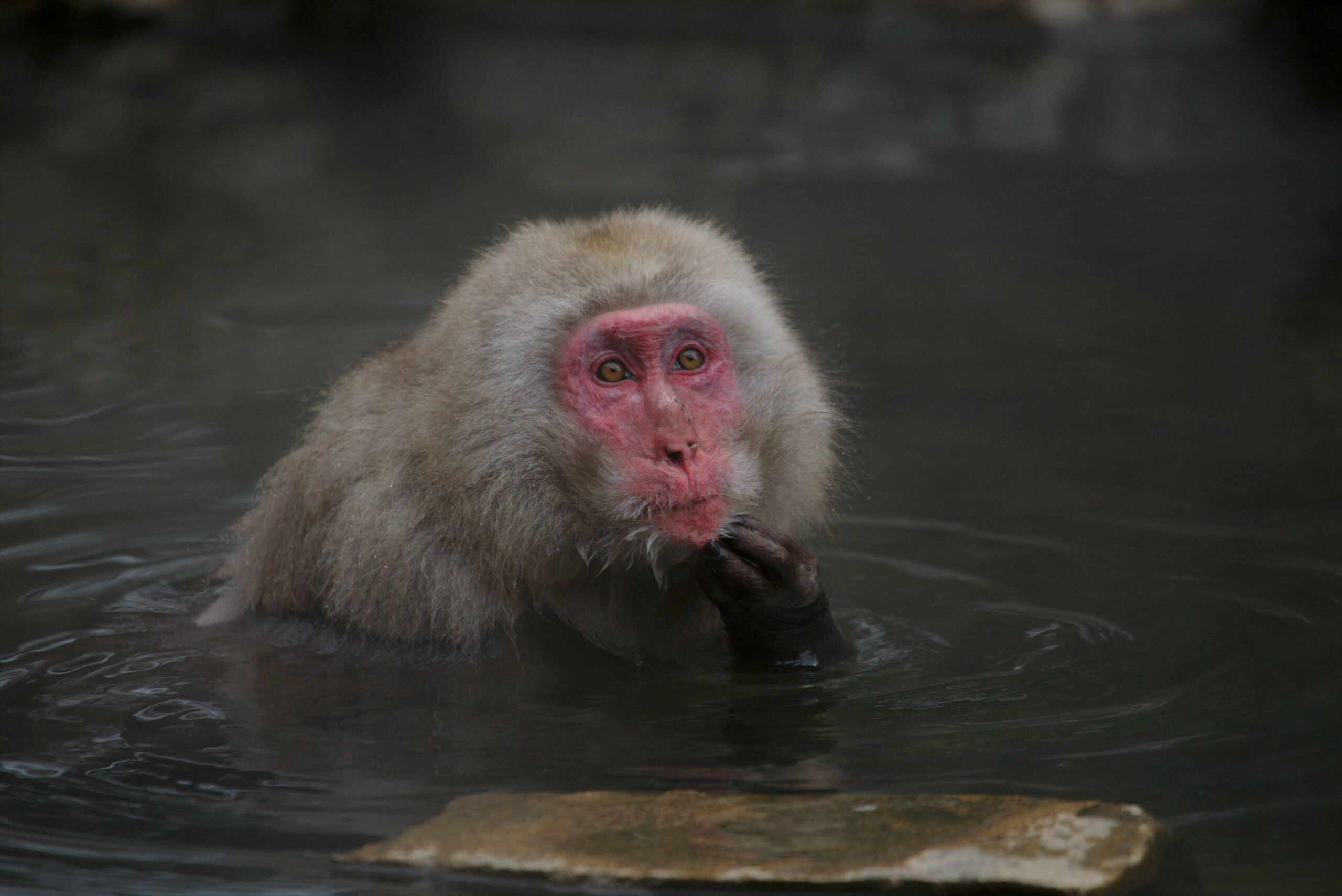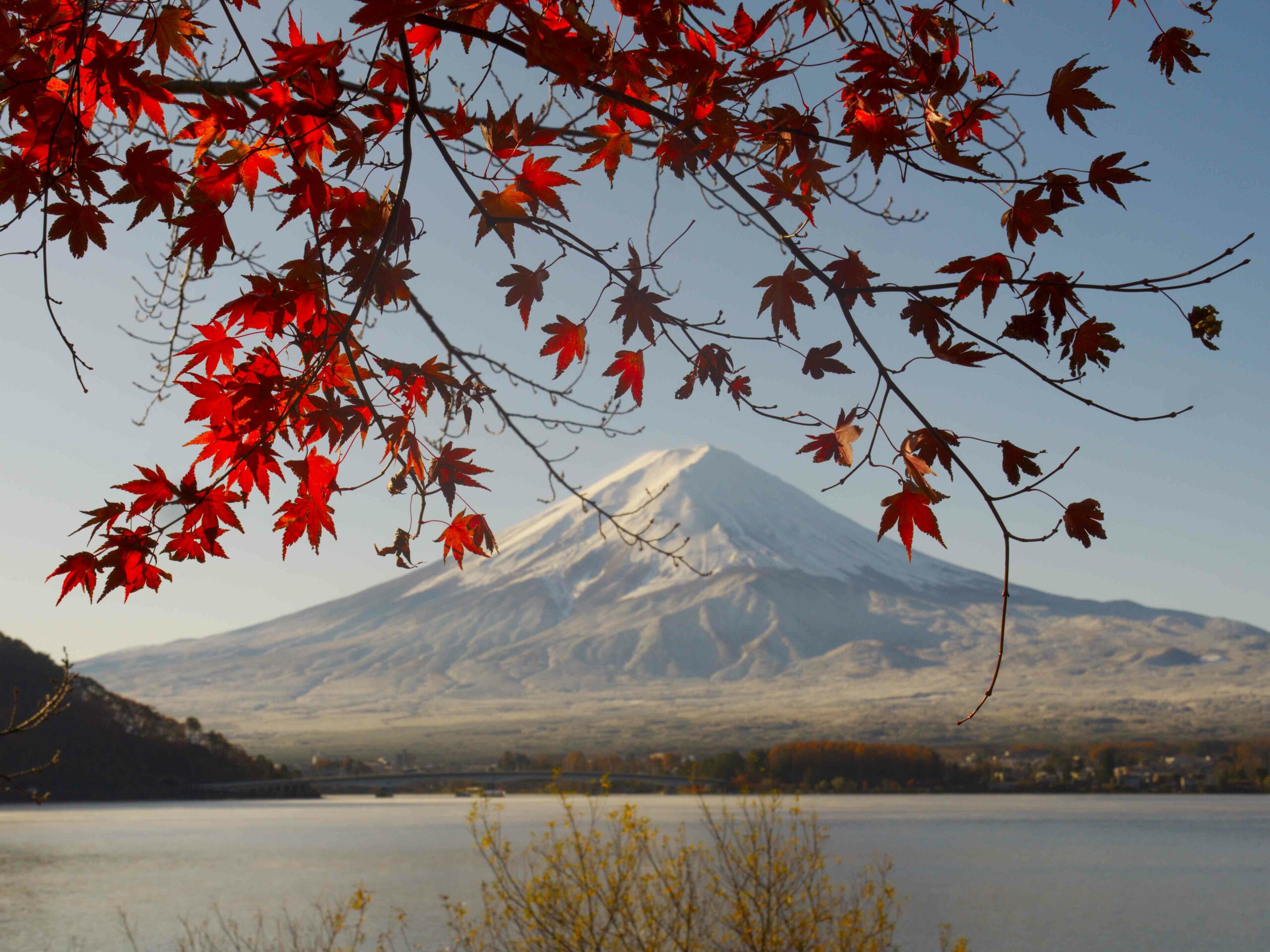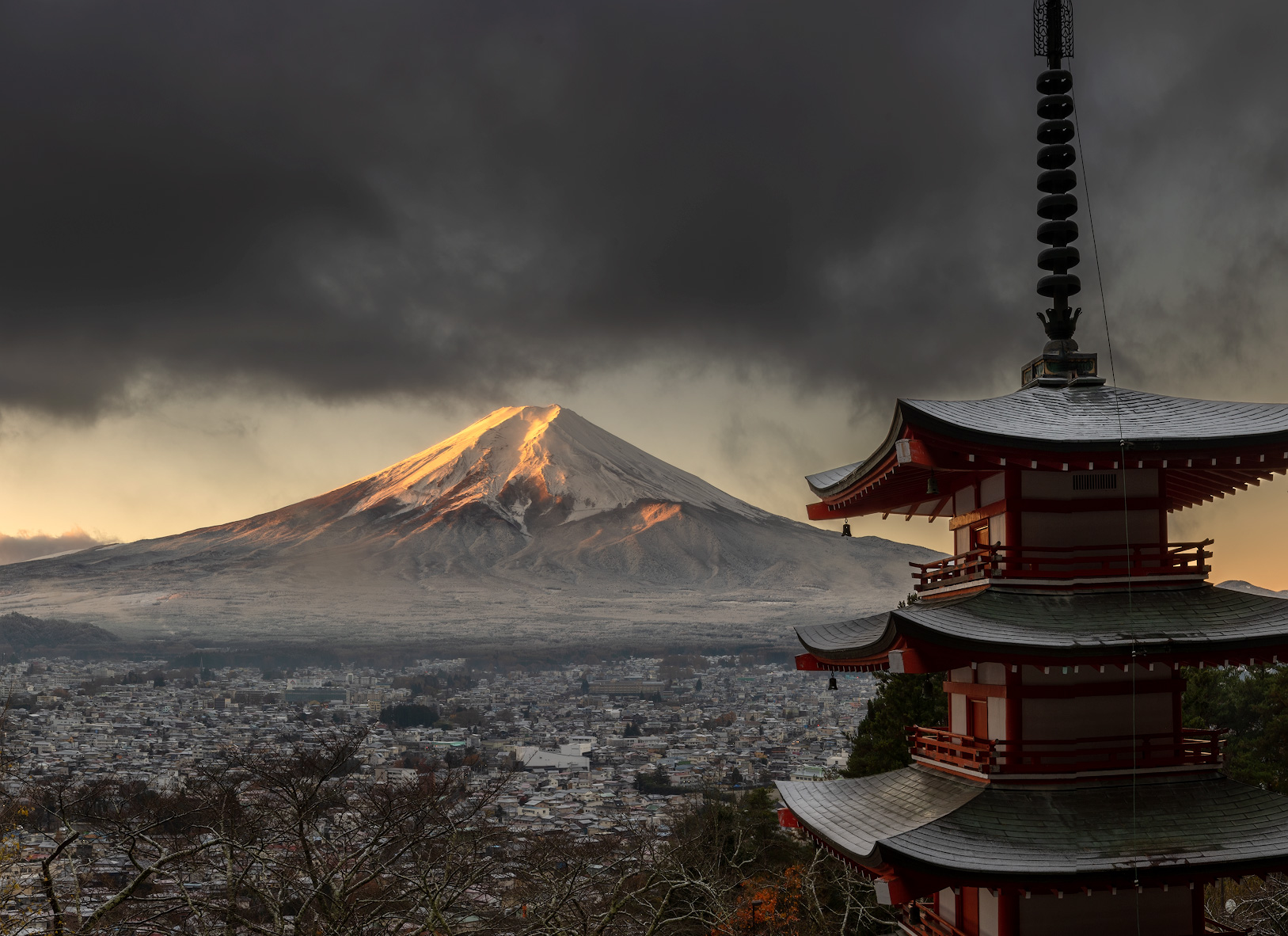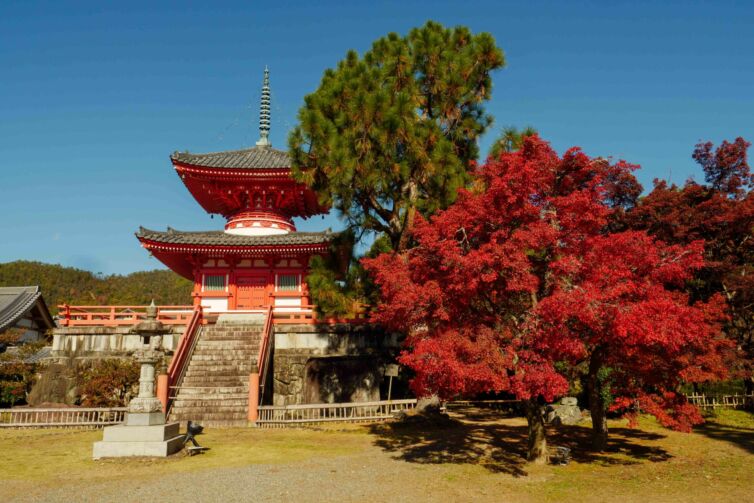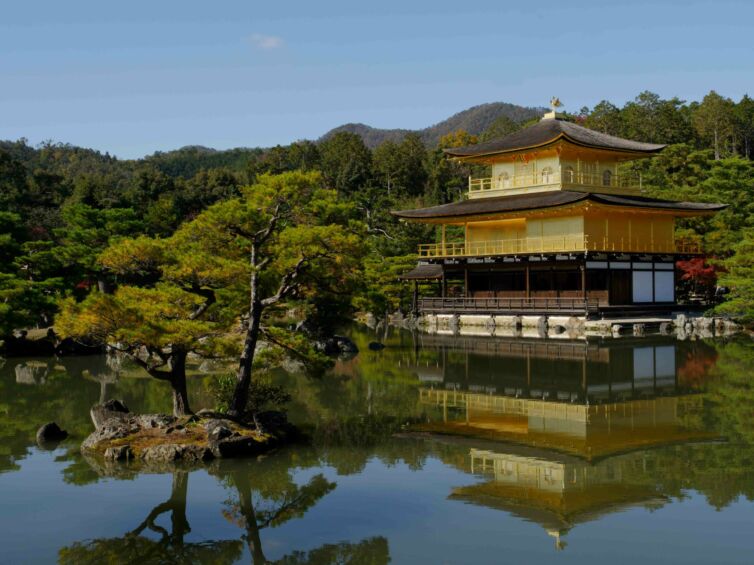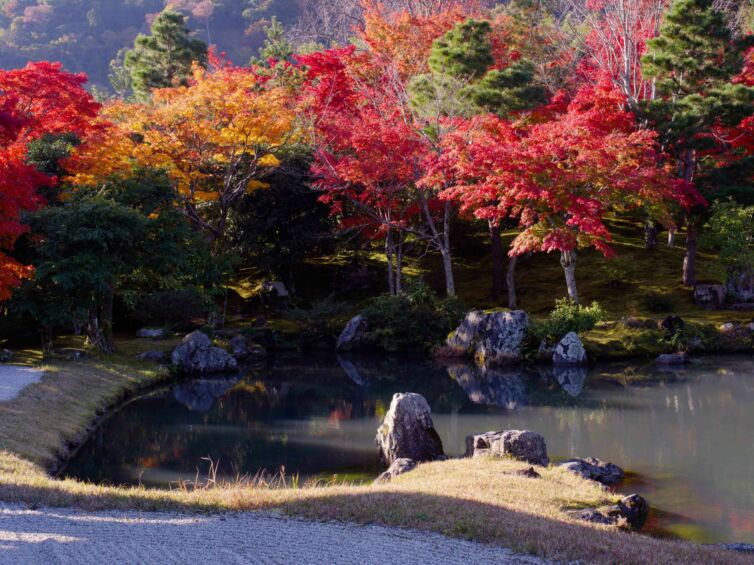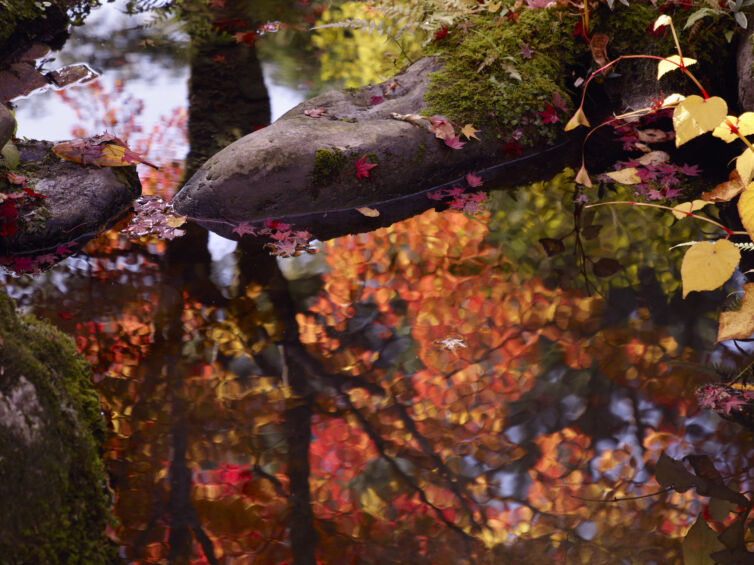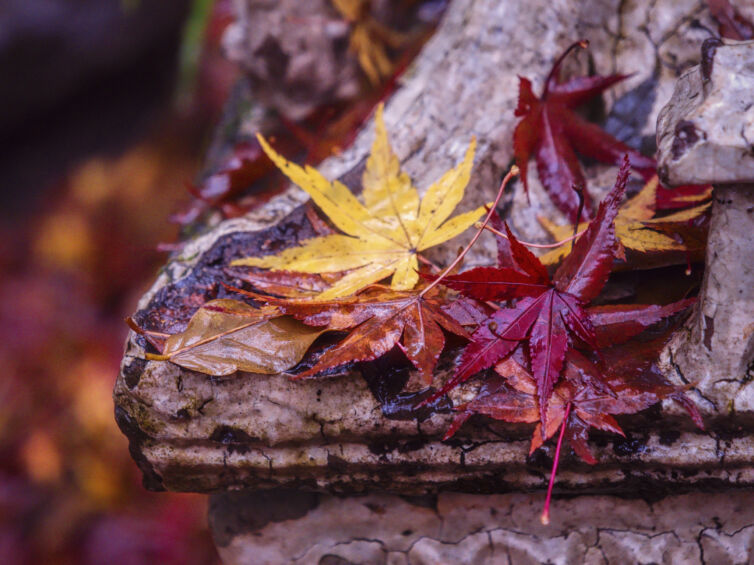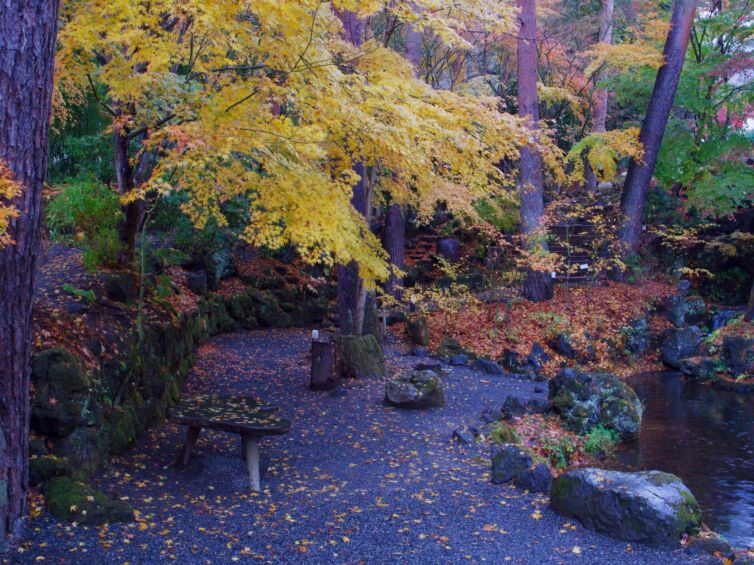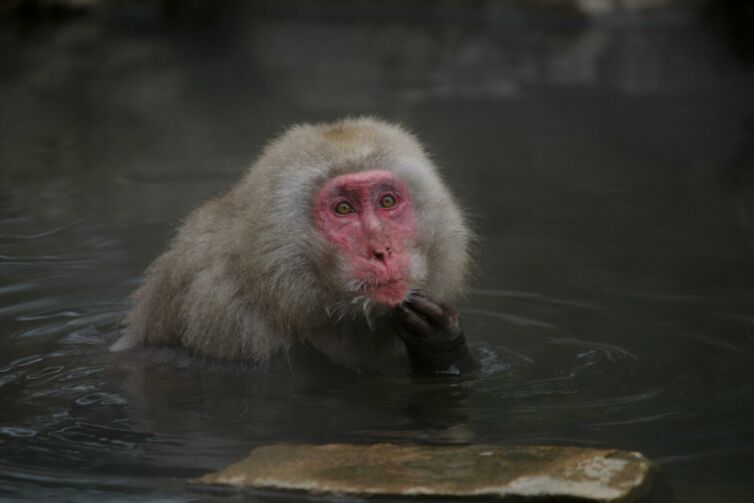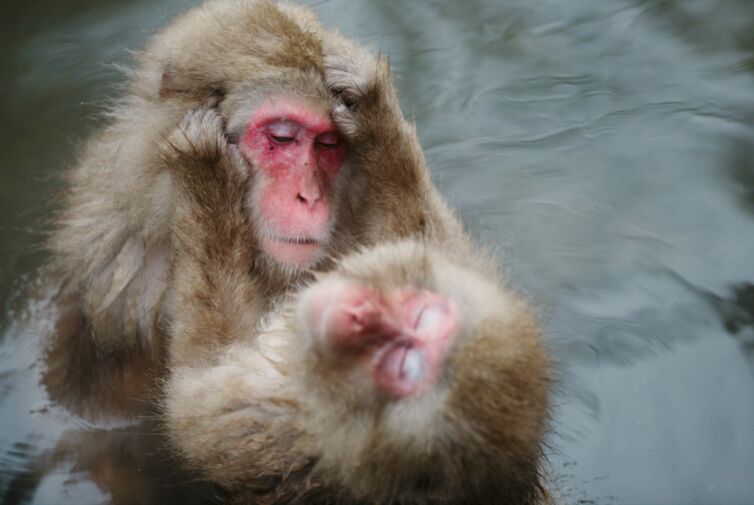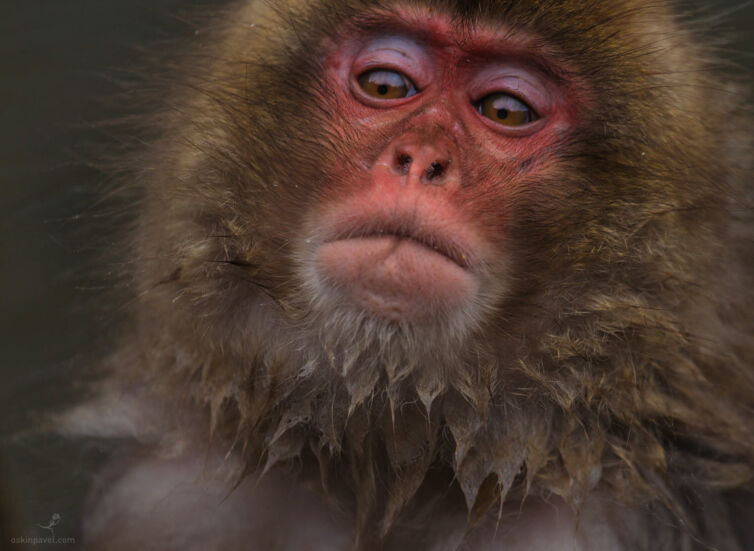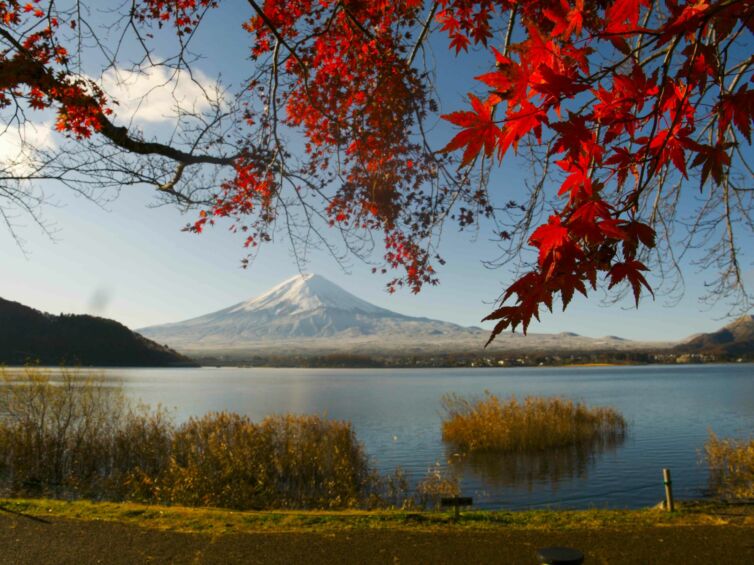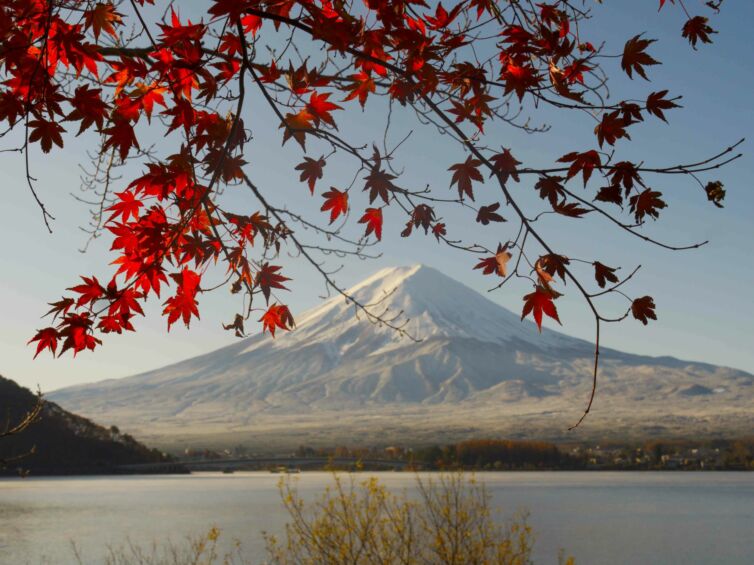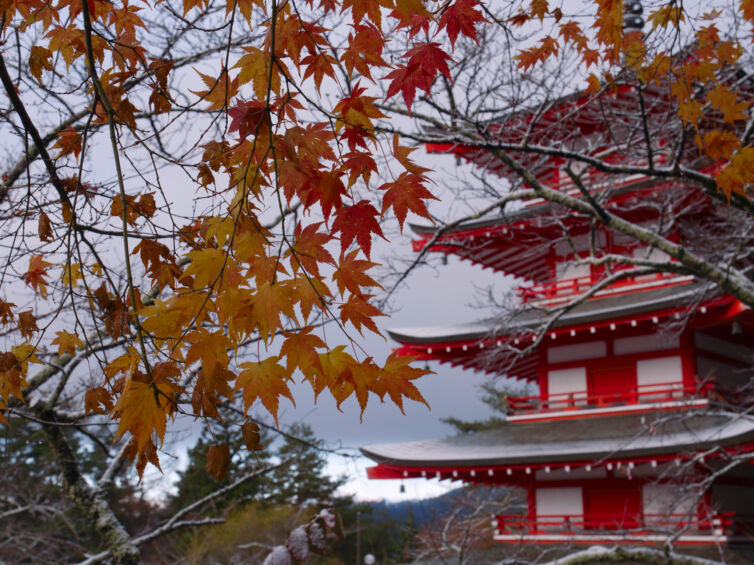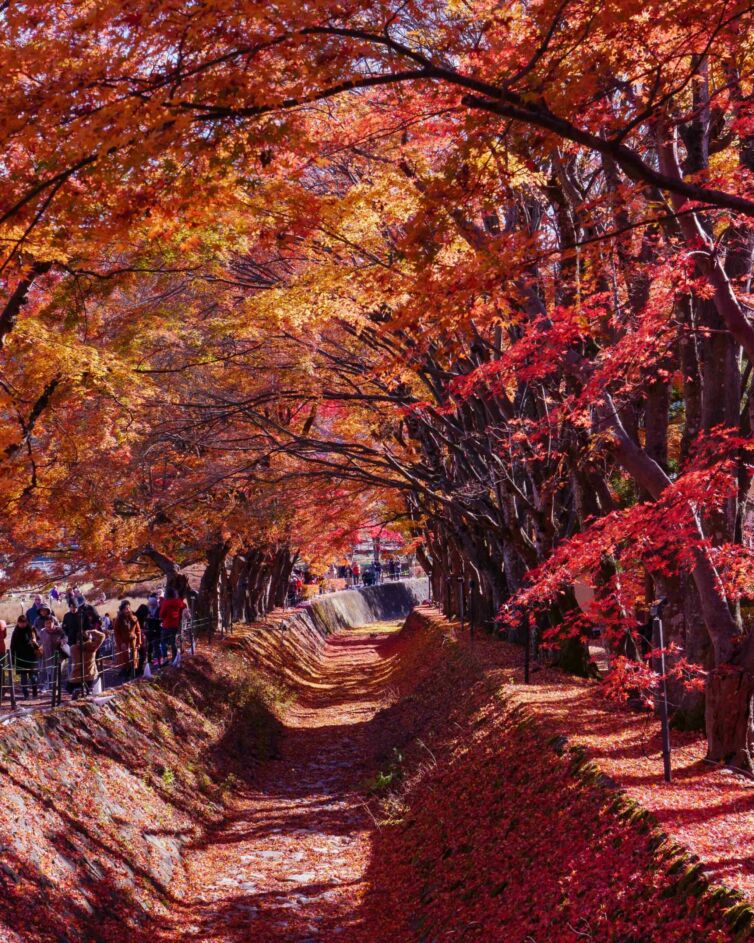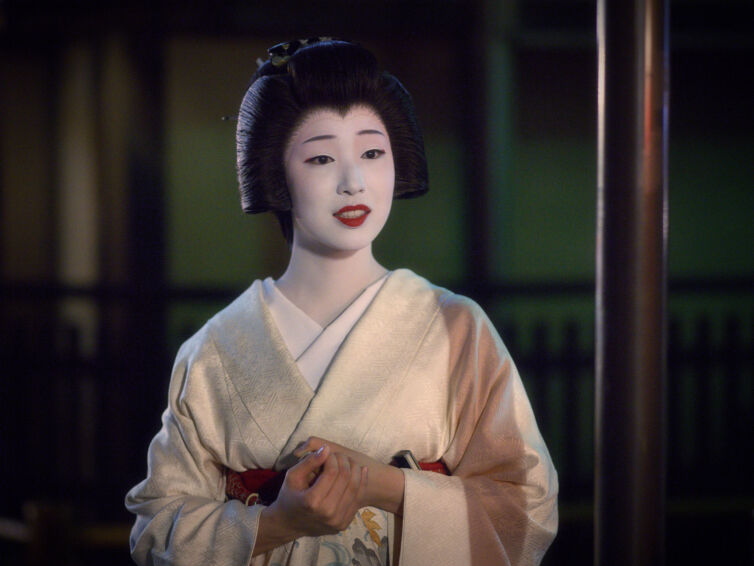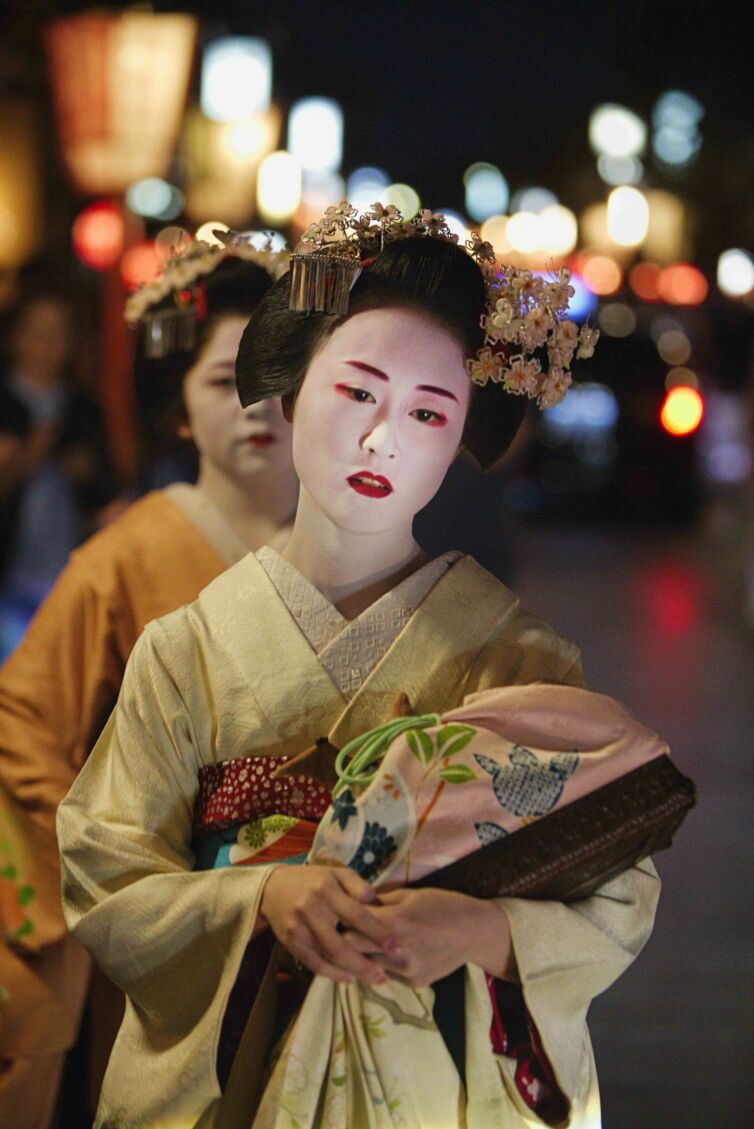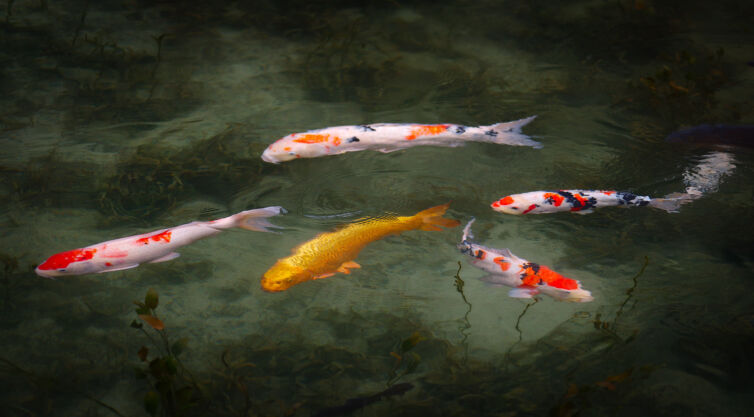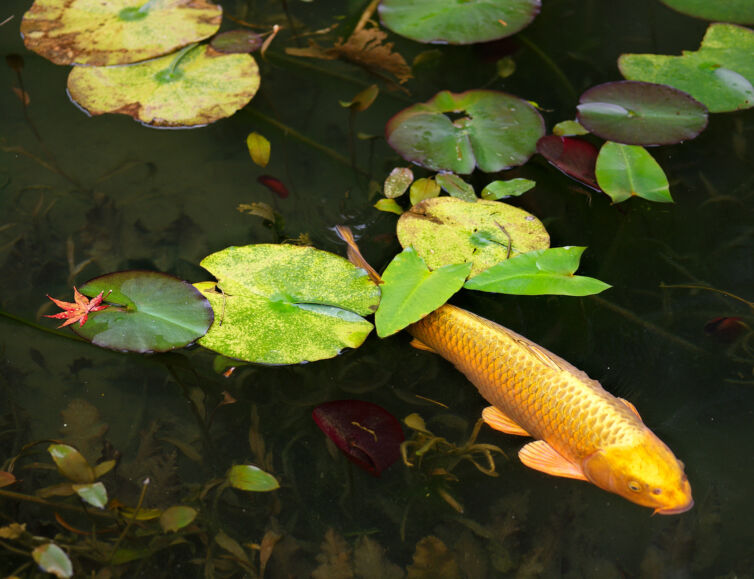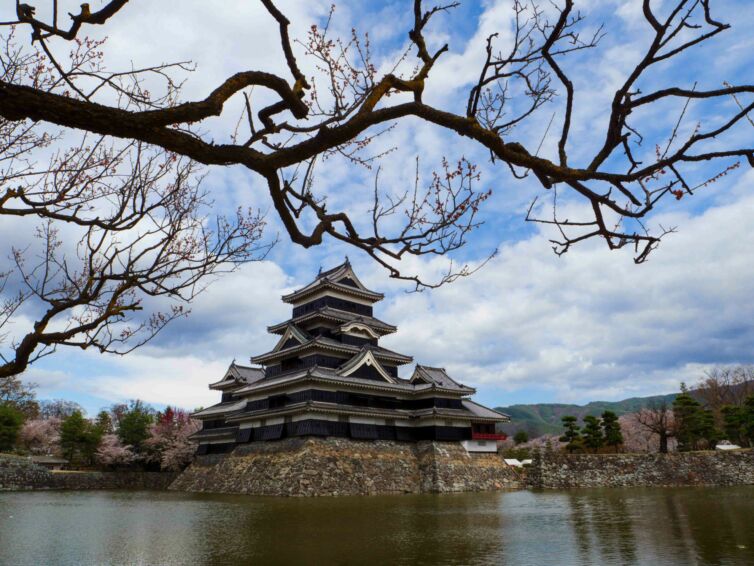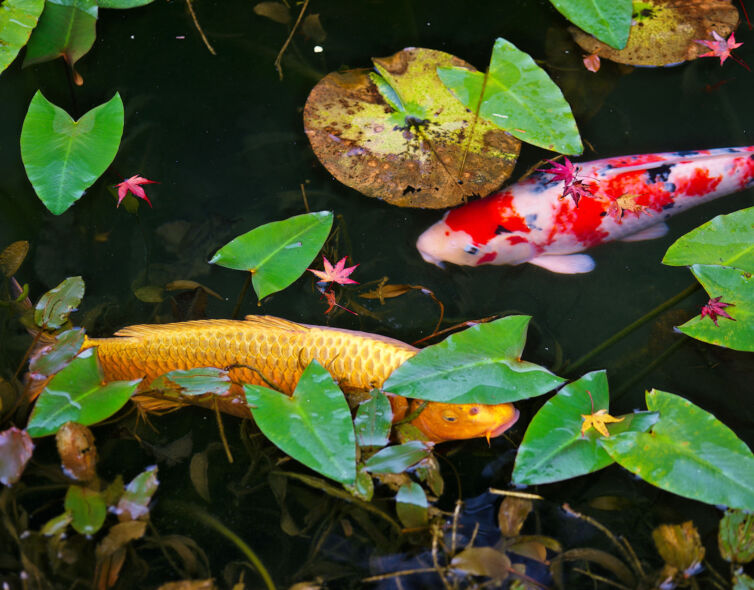Tour Plan
We will spend the first 2 nights in Tokyo, where we will visit the best parks with maple Momiji.
The parks in Tokyo during the maple leaf season are a sight to behold. The vibrant colors of the leaves create a magical atmosphere, with shades of red, orange, and yellow adorning the trees.
Some of the best parks for viewing these beautiful leaves include Ueno Park, Shinjuku Gyoen, and Yoyogi Park. Take a stroll through these parks and immerse yourself in the beauty of nature.
Ueno Park: Ueno Park is a popular destination for locals and tourists alike during the autumn season. This park is home to over 1,000 maple trees, which offer a spectacular display of crimson and gold leaves during the cooler months. Visitors can enjoy a peaceful stroll through the park, stop by the famous Ueno Zoo, or take in the many cultural institutions located within the park’s boundaries.
Shinjuku Gyoen: Shinjuku Gyoen is a spacious and beautifully landscaped park in central Tokyo, with a variety of different gardens to explore. During the maple leaf season, visitors can witness a kaleidoscope of colors as the leaves turn from green to red, orange, and yellow. Shinjuku Gyoen boasts a diverse array of plant life, including over 1,500 trees, so visitors are sure to find a peaceful spot to take in the natural beauty of the season.
Yoyogi Park: Yoyogi Park is one of the largest parks in Tokyo, and offers a welcome respite from the hustle and bustle of the surrounding city. In the autumn season, the park comes alive with the vibrant colors of maple leaves, which line the walking paths and open spaces throughout the park. Visitors can enjoy traditional Japanese dance performances, picnics under the trees, or simply take a leisurely stroll through the park to soak in the sights and sounds of the season.
Then we will move south to Kyoto, the thousand-year-old capital of Japan and admire maples in the best places for this.
We will also visit and shoot the main attractions of the city Fushimi Inari Temple with its thousands of red gates.
The Fushimi Inari Temple in Kyoto, Japan is a breathtaking sight to behold in the autumn season. As you make your way through the vibrant orange torii gates, the crisp autumn air fills your lungs and the colorful leaves crunch beneath your feet.
The temple’s grounds are adorned with a stunning array of autumn foliage, creating a picturesque setting for visitors to take in the beauty of Japan’s fall season. Whether you’re a seasoned traveler or a first-time visitor, the Fushimi Inari Temple in autumn is a must-see destination that will leave you in awe.
We will start with a sunrise photo shoot in Arashiyama. It is the second most popular district in Kyoto after Gion. It lies a little outside and you will feel like you are in rural Japan. You’ll love it! Walk up to Kameyama-koen Park, then head to the famous Bamboo Forest.
Then we will visit the Kiyomizu-Dera Temple, also known as the “Clean Water” Temple. The vibrant red and orange foliage of the Momiji leaves creates a picturesque backdrop for the temple’s iconic wooden stage, which offers breathtaking views of the surrounding landscape.
During the daylight, we will visit Kinkaku-ji. It means the “Temple of the Golden Pavilion”. Constructed in Kyoto’s northern hills in 1398 by Yoshimitsu, the third Ashikaga shogun, it was once part of a much larger villa complex. When he died it became a Zen temple in accordance with his will.
And in the evening time, we will see the real gem of Kyoto-Gion. It is the best place to see geisha. The best time to see them is around dusk (early evening). Elegant kimono, smooth white make-up and that classic demure look—seeing a geisha in Japan is rare, but not impossible. We will give you the best tips on how to do it.
Then, returning to the northeast, we will move to Jigokudani, and spend 2 nights there, at dawn and sunset will arrange a photo session with snow monkeys take SPA in mountain springs, walk in the parks and castles of Nagano.
Often referred to as the ‘Snow Monkey Park’, the Jigokudani Monkey Park was established in 1964, as a conversation area for the protection of a local troop of monkeys. Though wild, that troop chooses to move through the park each day, offering visitors a unique chance to observe these truly curious creatures up close.
For many people, a hot bath is the perfect way to end a stressful day – and according to a new study, the same is true for monkeys! Scientists observing a group of monkeys famous for bathing in hot springs have found their unusual behavior decreases stress, as well as helps them stay warm. For us it is a great opportunity to take the unforgettable pictures.
Matsumoto Castle is a stunning feudal-era fortress located in the heart of Japan. During the autumn season, the castle’s surrounding gardens are transformed into a picturesque paradise of vibrant red and orange hues that wash over the peaceful waters of the moat.
Also known as “Crow Castle” due to its dark exterior and wing-like rooftop, it still retains its original wood and stonework. This castle’s stoic appearance is highlighted by the quiet grounds seemingly isolating it from the surrounding city of Matsumoto. Matsumoto Castle has housed 23 different lords from six different ruling families. As such the castle, although breathtaking in itself, has a surprisingly vast collection of artifacts to view including armor and weapons, as well as some of the first guns used in feudal Japan.
Our next spot is Matsumoto Museum of Art’s. The most popular attraction is their permanent Yayoi Kusama works. Kusama was born in Matsumoto and was able to find relief from her visual and auditory hallucinations through her artistic expressions. Walking through her display in the museum is like walking through her world. With a collection of works starting from childhood, to an apartment of glowing dots and rooms of infinite reflections the viewer gets a sense of the artist’s reality.
On the eighth day for one night, we will move southwest to Lake Kawaguchiko, and shoot the mountain Fuji in a frame of scarlet maple leaves. Lake Kawaguchiko is one of the best places to see the iconic Mount Fuji. It is an especially popular photo spot during cherry blossom season. There are about 300 cherry trees planted and stretching for about 1 km along the north shore of the lake.
Gallery
Tour Price
Accommodation
Travel by a comfortable minibus
Photo workshops
Air tickets
Food

